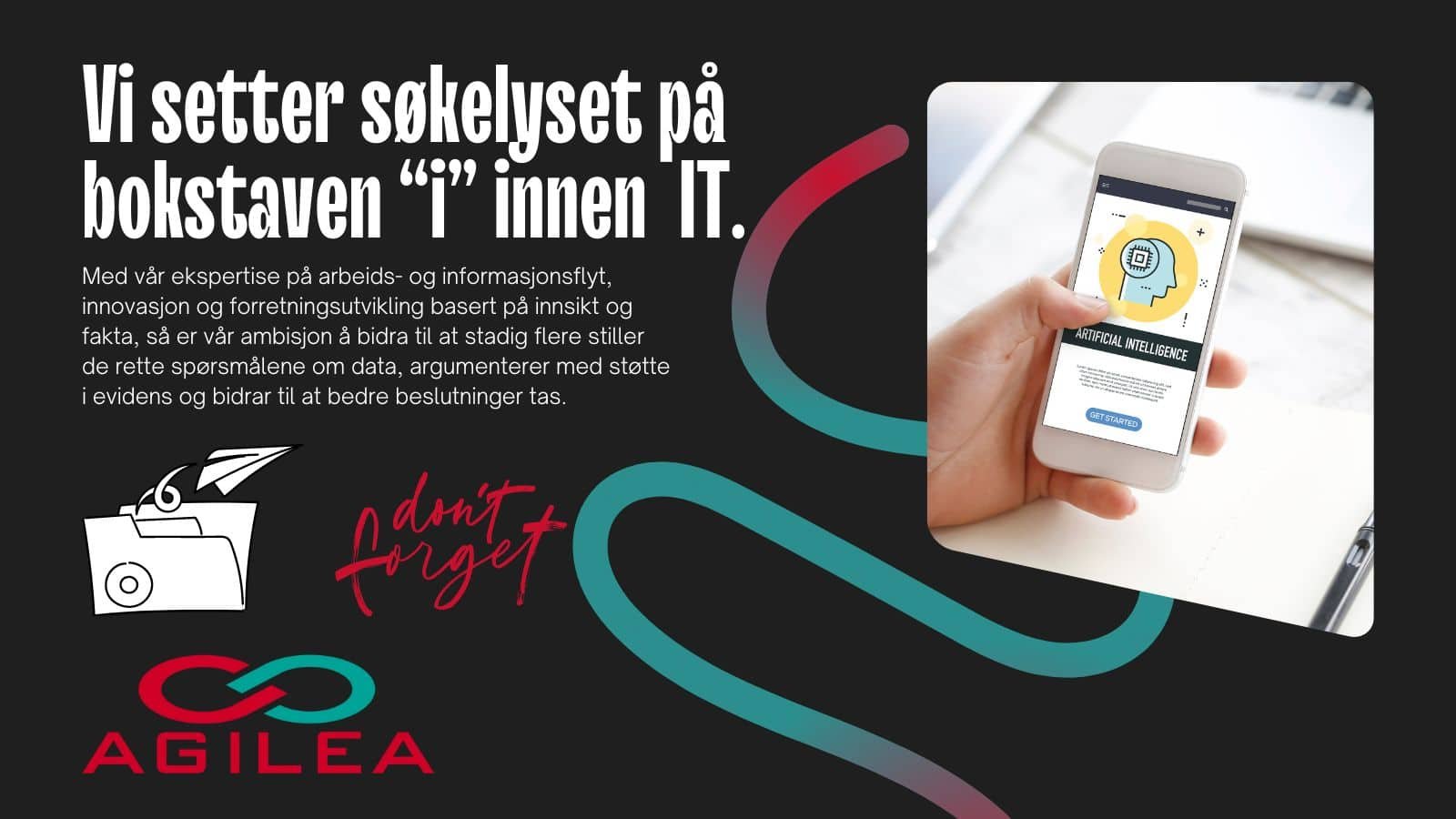In an ever-changing world, businesses face the challenge of balancing between leveraging existing successes and exploring new territories. Agilea is your navigator through the paradoxes of innovation, offering strategies and leadership for a structured approach to innovation.
Agilea understands the necessity of not only developing new ideas, but also prioritizing and implementing the most promising ones to maximize success rates. It is essential to structure these processes to reduce the risk of failed attempts.
Our approach to innovation management and strategy is based on an in-depth understanding of the creative, financial and operational elements of innovation. We work closely with our clients to shape tailored strategies that focus not only on idea generation, but also on the development and systematization of innovation processes, from idea to realization.
Our process
In a world where innovation is the key to success, we offer a structured process for managing and promoting innovation in your organization. Our approach ensures that each idea is carefully considered and optimally integrated to strengthen your business.
Step 1 - Strategic idea selection
Objective: Develop a strategic framework for selecting ideas that align with the organization's resources, capabilities and market situation.
Details: Start by establishing a clear strategy for innovation that defines the goals and scope of your innovation efforts. This strategy should be based on an understanding of the market, technological trends and the company’s capabilities. Using the model of strategic buckets from “5.2 Strategic selection of ideas”, categorize the ideas into different buckets based on their market focus and technological needs. This model helps organize ideas according to their strategic fit and potential impact on the company’s core business versus new market opportunities.
Action points:
- Define strategic goals for innovation to ensure that all focus areas support the company's overall vision and market ambitions.
- Establish a systematic process for brainstorming and collecting ideas, based on scientific methods of creativity, to ensure a continuous flow of new and relevant ideas.
- Categorize ideas into strategic buckets based on their connection to your core business or exploration of new markets, to create clarity and focus.
- Ensure a balanced portfolio that includes both low-risk incremental innovations and high-risk, high-reward transformative projects for optimal resource utilization.


Step 2 - Idea evaluation techniques
Objective: Implement robust methods to evaluate the potential and viability of the selected ideas.
Details: Go beyond traditional financial metrics and include a more nuanced approach such as using decision trees and logical frameworks to assess both the realism and financial viability of ideas. This involves calculating the net present value of the projects while considering different scenarios and uncertainties they may face in the market.
Action points:
- Use decision trees to map out the potential costs, benefits and risks associated with each idea.
- Implement a phased investment strategy to manage investments in different phases, providing flexibility to adapt to changing market conditions and project performance.
- Incorporate Lean Startup principles to validate ideas through rapid iterations and customer insights. Use minimum viable products (MVPs) to test market response before full-scale development, reducing both time and risk.
- Integrate non-financial metrics such as the potential for market disruption, alignment with sustainability goals and strategic alignment into the evaluation process
Step 3 - Launching innovation initiatives
Objective: Ensure the organization is optimally organized to support and execute innovation projects, with the right culture and staffing
Details: Organizational structure, culture and staffing are critical to the success of innovation initiatives. Developing a culture that promotes creativity and risk-taking is necessary, along with supportive frameworks that encourage the development and sharing of knowledge and ideas. Using OKRs (Objectives & Key Results) can help define direction and follow up on results, providing a solid foundation for evaluating and adapting innovation processes.
Action points:
- Create dedicated teams or innovation cells that can work on specific projects independently of the organization's day-to-day operations.Define strategic goals for innovation to ensure that all areas of focus support the company's overall vision and market ambitions.
- Encourage an open atmosphere where employees feel confident to promote and test new ideas, even if there is a risk of failure.
- Ensure teams have the necessary skills and attitudes, as well as the right mix. Provide in-house training, consider hiring talent or use consultants like us.
- Leverage insights and lessons learned from previous projects to continuously improve your innovation methods and approaches.


Step 4 - Continuous revision and adaptation of the innovation portfolio
Objective: Regularly update and adapt the innovation portfolio based on results and changing market conditions.
Details: Maintain a dynamic approach to innovation portfolio management. Regularly review the performance of ongoing projects and the strategic landscape, and make adjustments to the portfolio as needed. This potentially includes canceling projects that are not performing as expected and reallocating resources to more promising areas.
Action points:
- Schedule regular meetings to assess the progress and impact of each project in the portfolio.
- Establish criteria for canceling projects based on predefined milestones and performance metrics
- Foster a culture of flexibility and adaptability to move resources as needed based on project performance and strategic changes in the market.
Avoid bias
throughout the process
Implement measures to reduce bias. It could be anonymizing idea submissions or diversifying the backgrounds of those evaluating the proposals. It’s always wise to make room for both managerial and creative perspectives, and carefully consider whether diversity is sufficient.
Book a free consultation now!
Is your organization ready to realize its full potential by improving its processes? Our process development and workflow experts offer tailored solutions to streamline and streamline your business processes.


